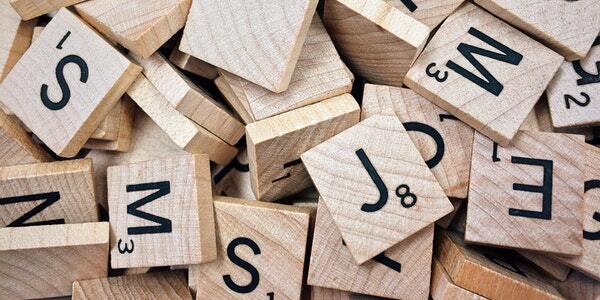Key Skills Learned From TV

That Is A COW, But The Sound It Makes Is MOOO...
Just like we need to teach children how to pronounce the letter's name, we need to teach the children how to pronounce the letter's sound (or the sound the letter makes).
~ Lissett Babaian, Learning Specialist for Akili and Me and Ubongo Kids TV Programmes
Thinking back on my life growing up, it took a lot of practice and patience to be able to finally recognize, name, write and accurately sound out the English alphabet.
Lissett Babaian, Learning Specialist for Ubongo Media, suggests that teaching children the letter names is very important because it supports sight letter recognition. The child can see the letter, recognize it and call it by its name. Which is probably why the Kenyan Competency Based Curricullum (CBC) teaches 4-5 yrs old letter sounds, and 5-6 yr olds in grade 1, letter names.
When it comes to the English alphabet, there are four components of letter identification. Mainly:
- Letter recognition – the ability to recognize the shape and size of both the capital and small letter. Example: recognizing a big A and little a
- Letter naming – recognizing that the shape of the letter is associated with a letter name. The letter A sounds like “Ay”
- Letter sound knowledge (also known as phonemic awareness) – determining what sound corresponds to the shape or name of the letter. Example: the letter A has the sound “ahh” like when saying the word “avocado” or can keep the “ay” sound like in the word “ace”
- Letter writing – the ability to trace or write the letter with a pen in accordance with its shape and direction. Can you draw a big letter A?
Bearing this in mind, I have grown to believe that the impact of educative television on our children is massive and having been without it for so long, our children have been at a disadvantage.
The Good News?
There are shows that air on Akili Kids! TV that use these strategies while making learning cool and fun. Boom! na Wabi on Akili Kids! TV uses strategies that include visual input (looking at the shape and size of the letter), auditory input (listening to the sounds of letters), and more.
Peep and see:
You can basically do everything that Wabi does here with your own kids... I think of this like a training moment for myself as a Mum. How can I engage my kids with the same approach that Wabi uses?
Even more Good News?
These same strategies can apply to learning numbers too! I will talk about this in another blog post...
Cheers!
Banju
